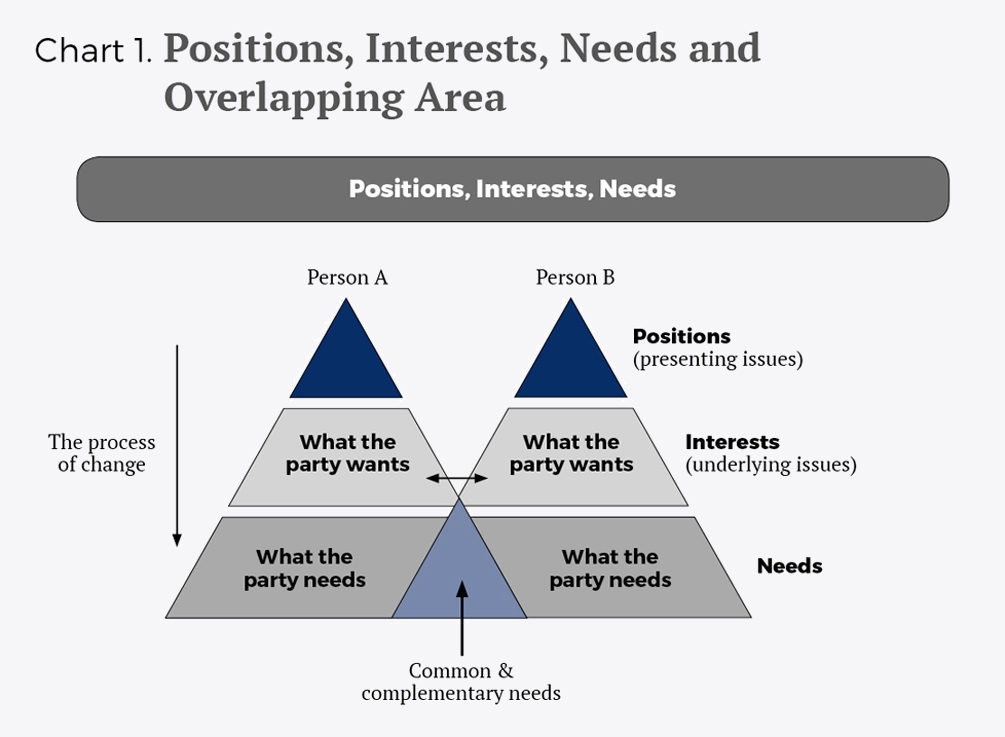To be an effective leader, when you are working with a new team it is useful to speak in terms of a working agreement to make sure everyone is aligned in the same direction. A large part of success is based on effective communication and mutual understanding.
Soft Skills to Stand Out
Although hard skills, or technical abilities, remain very important, soft skills such as social and communication abilities make the difference in today’s world. The world of business and work is now global, and many people have the same technical skills, so what sets professionals apart is how they communicate, how they handle conflicts, and how they lead.
According to the Carnegie Institute of Technology, 85% of a person’s financial success is due to personality and ability to communicate, negotiate, and lead; only 15% is due to technical knowledge. If you have the hard skills, it is the soft ones that will give you an edge. Increasingly, platforms such as Google or LinkedIn are paying attention to effective forms of communication, ways to motivate people, and what skills to use to deal with conflicts.
Although hard skills remain very important, soft skills make the difference in today’s world .
Positions, Interests, and Needs
In negotiation, a model called Positions, Interests, and Needs (PIN) can help you understand these three aspects of your interlocutor. In order to obtain this information, you must listen actively, show empathy, and exhibit receptive body language. In this process, several factors must be taken into account:
- Ask open-ended questions. With closed-ended questions, you get a yes or no answer. At a meeting with a colleague or team leader, a closed-ended question can make that person feel like they are being judged. The greatest benefit of having a difficult conversation is obtaining new information that changes people’s perspectives. Open-ended questions encourage your interlocutor to share the information they are comfortable with.
- Use positive non-verbal communication. Preferably, the conversation should be one-to-one, on equal footing, without any physical barriers such as a table, and with eye contact, to show the other person that what they are saying is important.
- Check and clarify. Make sure you have understood everything you have discussed so far. Every so often, check that you have really grasped what the other person is saying before proceeding based on assumptions.
- Foster openness. Find a way to encourage the other person to open up to you.
- Reflect and summarize. Although we rarely do it, periodically summarizing what the other person has been saying is helpful. It is an effective way to make them feel like they are being heard and can delve deeper into the conversation, giving more details.
- Use silence well. Most people are uncomfortable with silence. If managed well, however, silence can help the other person to communicate.
Figure 1 shows positions, interests, and needs and how they overlap.

SING! Story, Impact, Needs, and Goals
Many tools can be used in the negotiation process. One such tool is called SING, for story, impact, needs, and goals. By starting with a conversation about what has been happening for the other person—the story—you can get a feel for the context. After that, you can move on to impact, eliciting different kinds of responses, such as discussions about work or about topics not related to the workplace. All this information can give you some perspective on what is happening with the other person. Being listened to helps reduce stress and makes it easier to deal with a difficult conversation. The next stage is needs—what does this person need to move on?—and finally, goals: what is the future focus?
The aim is to reach an understanding so that you can tackle challenges and create innovation and value. The difference between a good company and an excellent one is the internal culture, with leaders capable of understanding and motivating the people in the organization.
Motivating to Achieve Excellence
Today’s world is so competitive and resources are so similar that small details make a big difference in business. To motivate people in your organization—to innovate, excel, succeed, and achieve differentiation—you need a positive corporate culture in which everyone feels valued and connected. It is not what you say, but how you say it.
There are three main factors—in the corporate culture and at the personal level—that enable the creation of much more successful teams:
- Purpose or goal. People want to feel like they are contributing to achieving a goal, like they form part of something “bigger.”
- Sense of autonomy and trust. People also need to know that others trust in their abilities and that they can decide how to do things.
- Sense of progress/learning. Feeling that progress is being made—that you form part of a project that is evolving and helping others to evolve—is very motivating.
Abraham Lincoln said that the best way to predict your future is to create it. That means having the courage to tackle things, but of course you need tools to do it. In any event, running away is not an option.
© IE Insights.











